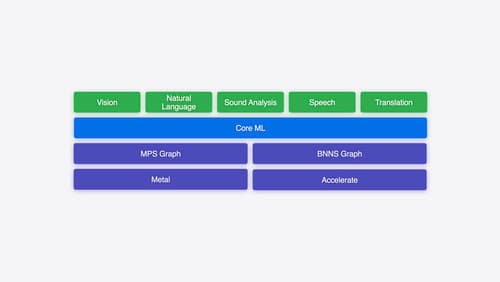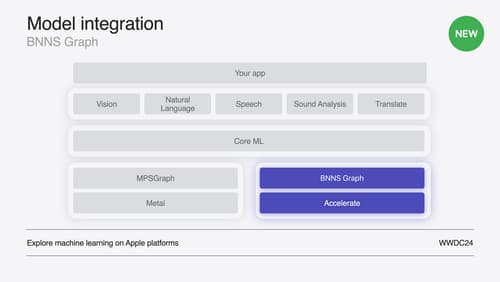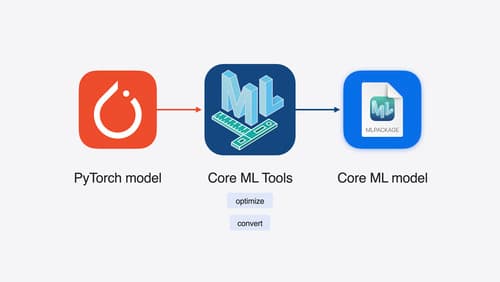How can i run an ebbing model on my iphone
Asked on 2024-07-30
1 search
To run an Ebbing model on your iPhone, you can follow these general steps, which are part of the broader workflow for deploying machine learning models on Apple devices:
-
Model Training: Start by defining the model architecture and training the model using appropriate training data. You can use libraries like PyTorch or TensorFlow for this purpose. Apple Silicon and the unified memory architecture on Mac can be leveraged for high-performance model training.
-
Model Conversion: Convert the trained model into Core ML format using Core ML tools. This step involves optimizing the model representation and parameters to achieve great performance while maintaining good accuracy. Core ML tools offer various optimization techniques such as quantization and efficient key-value caching in large language models (LLMs).
-
Model Integration: Integrate the converted Core ML model into your app. This involves writing code to load and execute the prepared model using Apple frameworks. Core ML provides a unified API for performing on-device inference across a wide range of machine learning and AI model types. The model execution is optimized across the CPU, GPU, and neural engine of Apple devices.
For more detailed guidance, you can refer to the following sessions from WWDC 2024:
- Explore machine learning on Apple platforms (07:32)
- Deploy machine learning and AI models on-device with Core ML (01:07)
- Support real-time ML inference on the CPU (01:07)
These sessions provide comprehensive insights into the workflow and tools required to run machine learning models on Apple devices.

Explore machine learning on Apple platforms
Get started with an overview of machine learning frameworks on Apple platforms. Whether you’re implementing your first ML model, or an ML expert, we’ll offer guidance to help you select the right framework for your app’s needs.

Support real-time ML inference on the CPU
Discover how you can use BNNSGraph to accelerate the execution of your machine learning model on the CPU. We will show you how to use BNNSGraph to compile and execute a machine learning model on the CPU and share how it provides real-time guarantees such as no runtime memory allocation and single-threaded running for audio or signal processing models.

Bring your machine learning and AI models to Apple silicon
Learn how to optimize your machine learning and AI models to leverage the power of Apple silicon. Review model conversion workflows to prepare your models for on-device deployment. Understand model compression techniques that are compatible with Apple silicon, and at what stages in your model deployment workflow you can apply them. We’ll also explore the tradeoffs between storage size, latency, power usage and accuracy.
